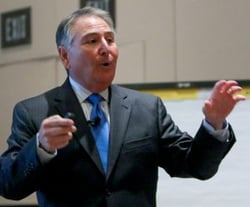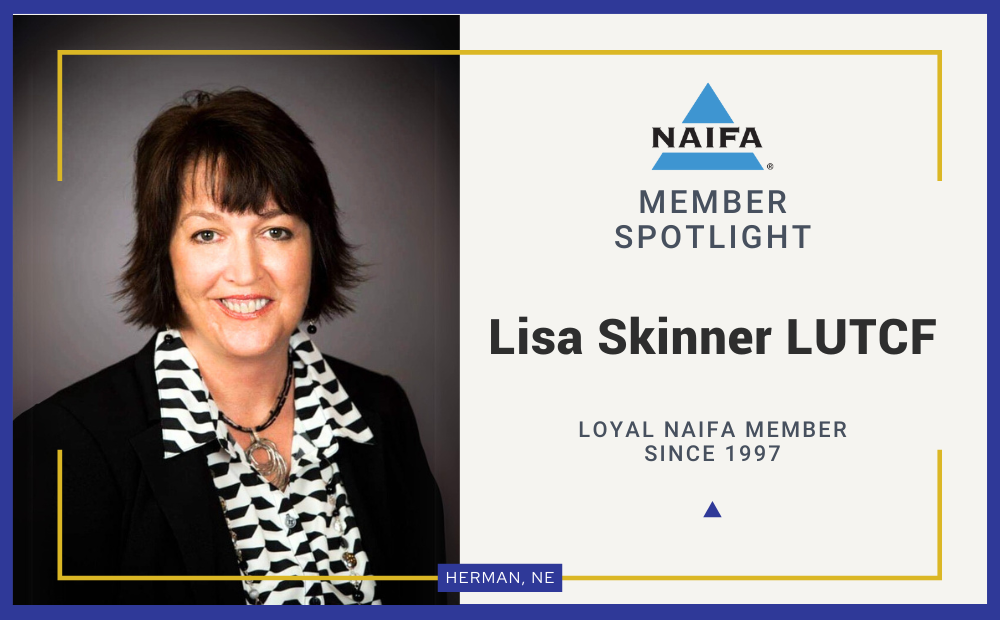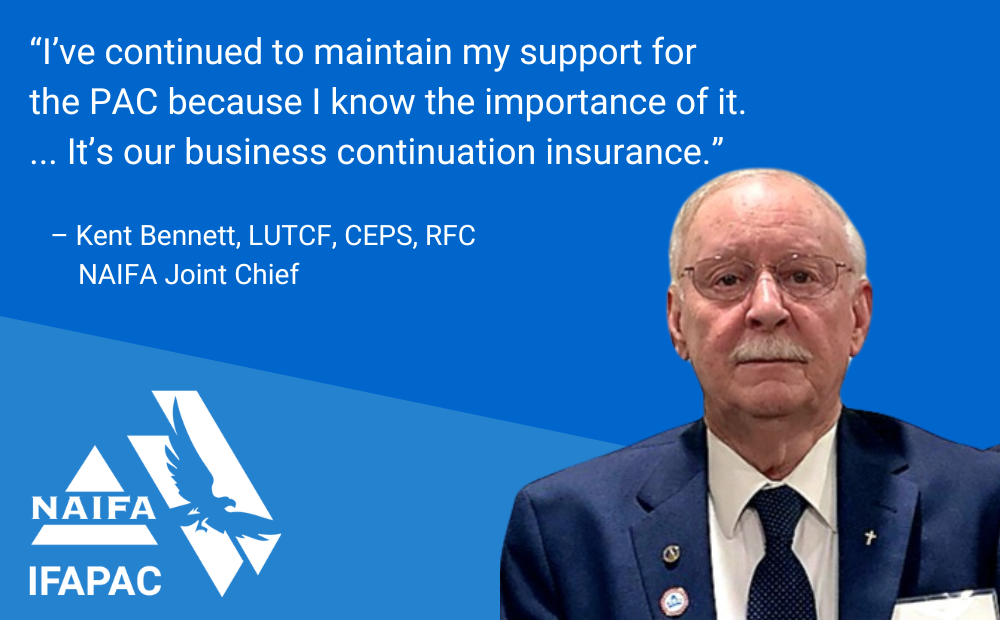 Rick Liuag, in his workshop “Obamacare. The Greatest Opportunity to Sell Life Insurance” at NAIFA’s Performance+Purpose conference in Las Vegas, explained how the Affordable Care Act has “created a prospecting bonanza for generating senior and business owner clients for financial services professionals. Obamacare, he explained, has increased costs for senior citizens and businesses and their employees creating a need to replace
Rick Liuag, in his workshop “Obamacare. The Greatest Opportunity to Sell Life Insurance” at NAIFA’s Performance+Purpose conference in Las Vegas, explained how the Affordable Care Act has “created a prospecting bonanza for generating senior and business owner clients for financial services professionals. Obamacare, he explained, has increased costs for senior citizens and businesses and their employees creating a need to replace
The Senior Market
The ACA has created a situation in which there are “too many Medicare patients and too few Medicare service providers” as more and more doctors and medical facilities have stopped treating Medicare patients. Many seniors who wish or need to see specific doctors, go to specific facilities and receive certain treatments are finding that they must pay out of pocket to do so.
“Some seniors are going to have to decide whether they are going to burn through their savings or die,” Liuag said.
One potential solution, he explained, was for seniors to obtain life insurance policies that allow accelerated death benefits that they can use to pay medical expenses should they arise.
“Life insurance is used to protect people’s assets, and nothing threatens our clients’ money more than Obamacare,” he said.
Many seniors have not yet felt the pain of the shrinking pool of Medicare service providers, but the situation is likely to grow worse, he said.
The Business Market
The situation is even worse for businesses, which are facing increased taxes and increased group health costs under the ACA. Liuag says agents can advise business owners with fewer than 50 employees to mitigate the cost increases by reimbursing employees for getting health coverage through the exchanges. This would reduce group coverage costs by $300 to $500 per month per employee and reduce the company’s FICA tax by $200 per employee each year.
Liuag then allows his clients to use the first year’s savings to either pay him a fee or purchase a UIL policy for themselves.
A similar strategy that has companies provide employees with a limited medical indemnity plan works with firms that employ more than 50 people, Liuag says.








.png?width=300&height=300&name=CC%202025%20Ad%20(300%20x%20300%20px).png)
.png?width=300&height=600&name=Tax%20Talk%20Graphic%20-%20email%20tower%20(300%20x%20600%20px).png)



.png?width=300&name=NAIFA-FSP-LH%20with%20tagline%20-%20AT%20blog%20email%20ad%20(300%20x%20250%20px).png)
.png?width=728&height=89&name=2024%20Congressional%20Conference%20(728%20x%2089%20px).png)
